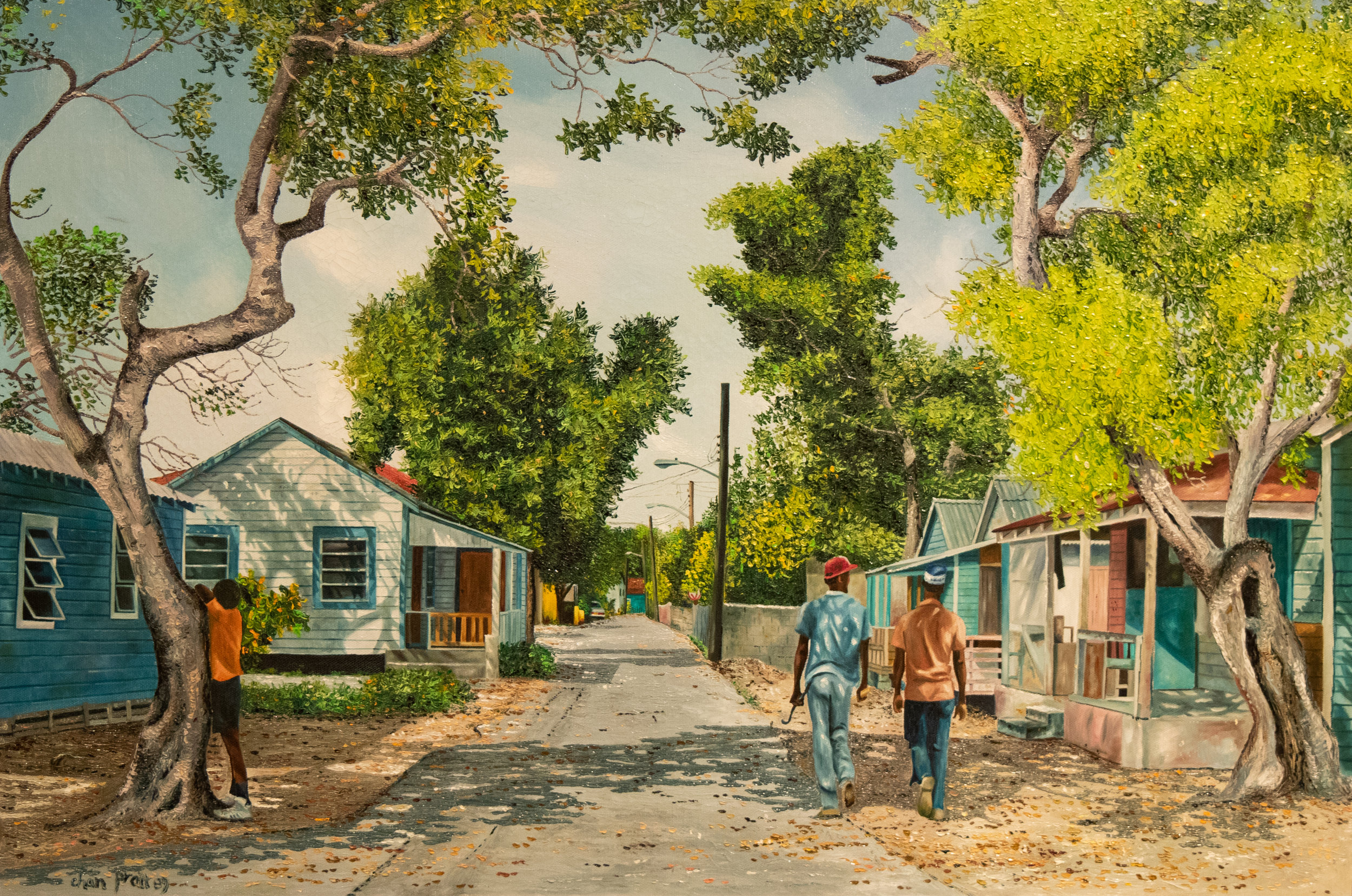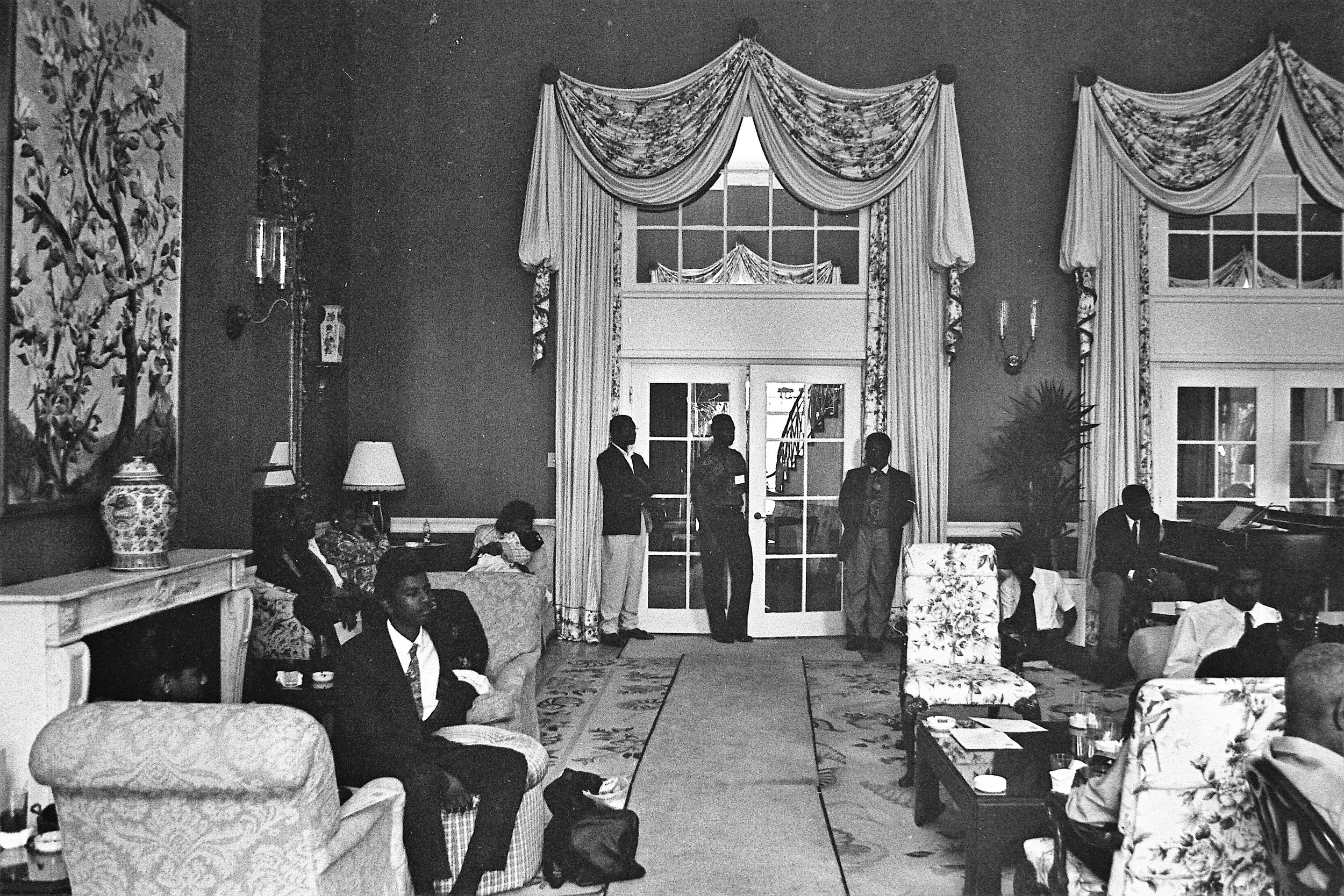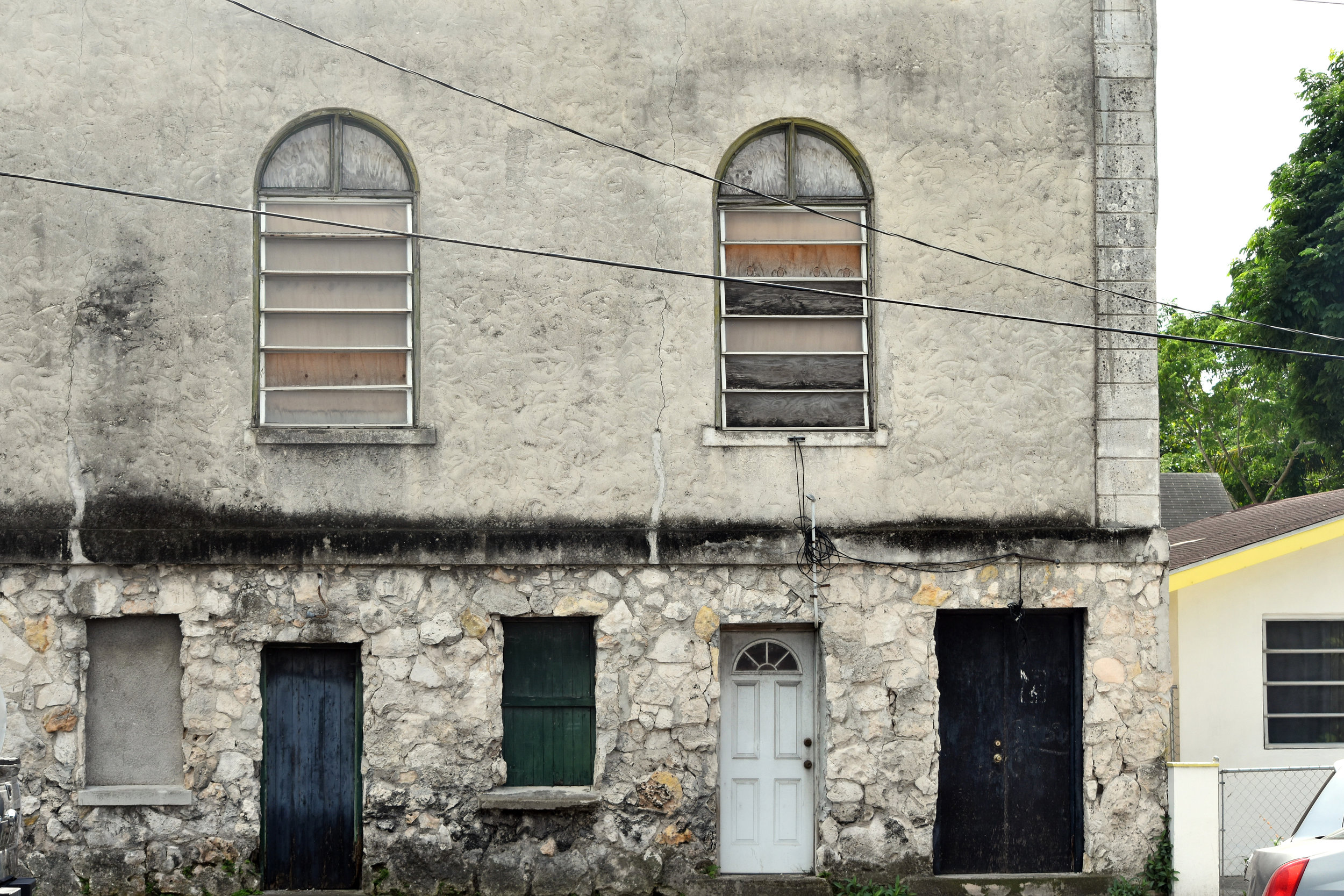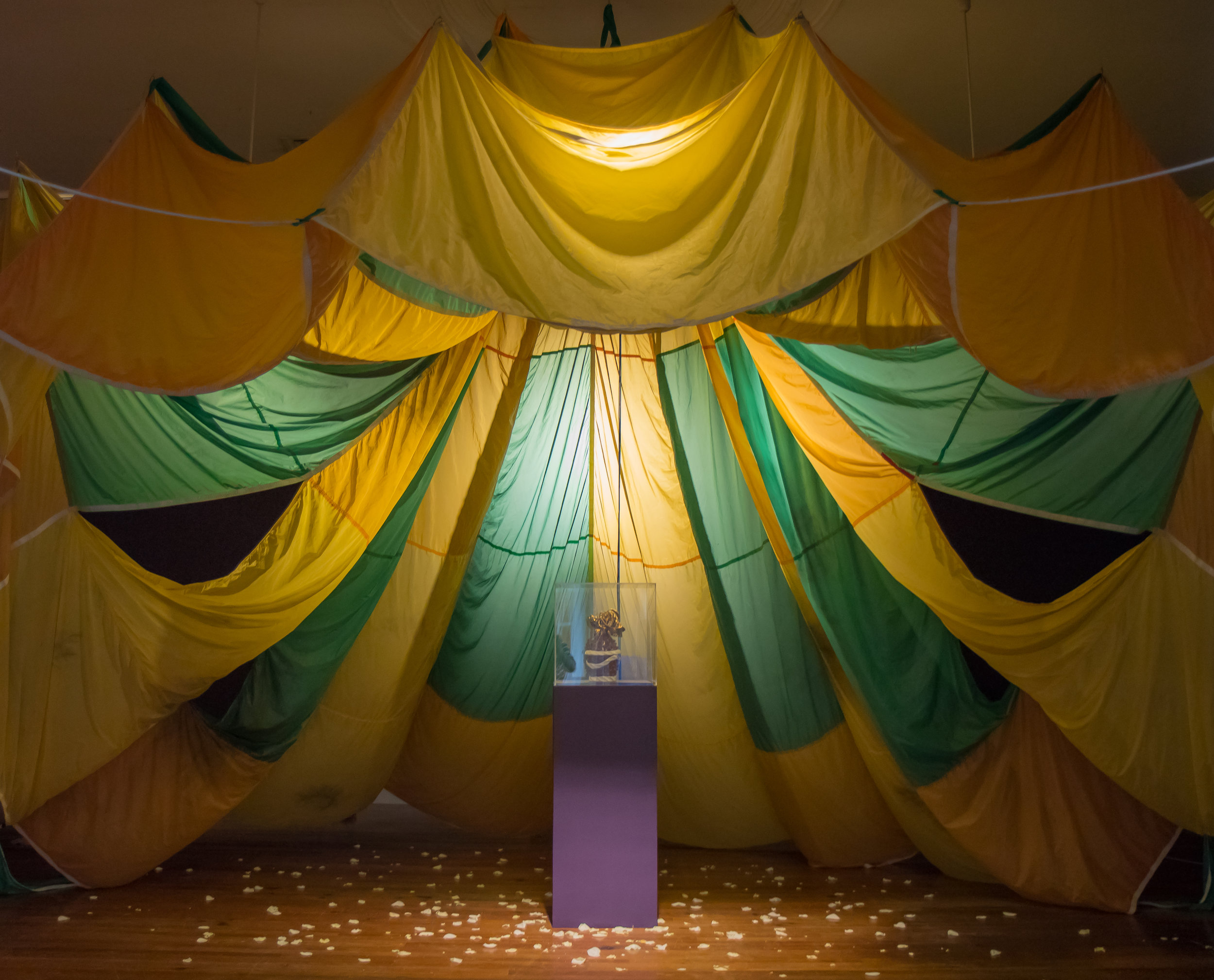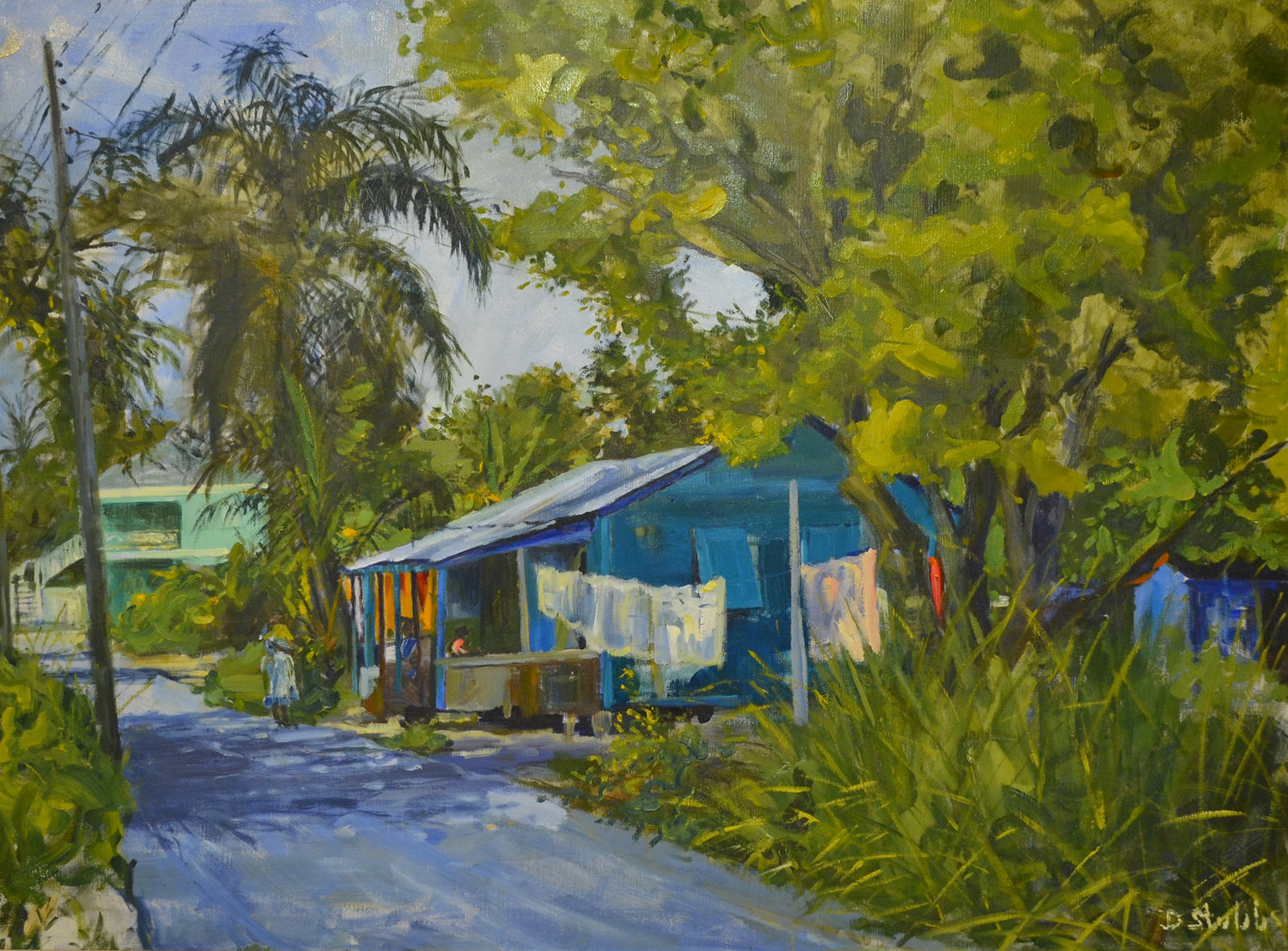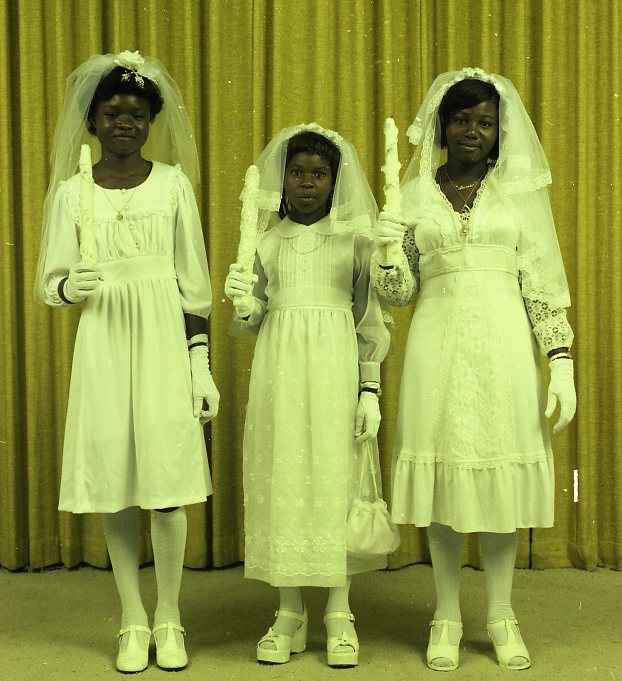By Natalie Willis. A man walks along a row of houses with a crowbar in one hand, a piece of wood in the other, he is speaking to someone: a friend, an acquaintance, a family member, a neighbour perhaps? The houses are neat, patched up with care – no doubt due to the stresses of time and hurricanes alike, there’s only so much this old clapboard can take. The street is neat, orderly, a pubescent boy leans against a tree in the shade, and things feel calm, serene in the row of homes. This is not what people think of when they think of the current state of Over-the-Hill (OTH). Bain and Grants Town are woefully underserved communities, that much is certain, but they are also demonised for circumstances largely beyond their control in a cold, classist manner of stereotyping.
All posts tagged: Over-the-Hill
Considering culture: More than a smile
By Dr Ian Bethell-Bennett, The University of The Bahamas. The art of expression is as much a part of culture as is the art of weaving or straw work, yet we often overlook this. When someone says, “I ga beat you into next week,” the local colour is present, but the violent subtext is usually edited out. In Jamaican novelist, dramatist, critic, philosopher, and essayist Sylvia Wynter’s work “We must learn to sit down together and talk about a little culture” (Jamaica Journal, 1968) we see the commodification of art and culture. Yet, we have apparently progressed to the post-independence point where most pre-independence problems are ignored or cured by the shift. But the exploration of sitting down together demonstrates that we have not moved beyond the problems nor have they disappeared. Violence and violent dispossession remain realities, often ignored.
Push Out: Jodi Minnis and Ian Bethell-Bennett Investigate the Mythologies and Futures of Gentrification in Over-the-Hill
Essay Push Out: Jodi Minnis and Ian Bethell-Bennett Investigate the Mythologies and Futures of Gentrification in Over-the-Hill Natalie Willis ·
The Architecture of Loss: Memorials, Memento Mori, and the Man from Milton Street
By Natalie Willis. “i learn urgently | the architecture of loss | then find you again.” ― Warsan Shire. Lavar Munroe’s “Memorials” series is an exercise in the architecture of loss, of remembering, and the residue of life we leave long after we are physically gone from this world. A parachute, a hand-made urn, and flowers are an unlikely pairing but help to braid together the strands of the story of a man’s life, but they also offer us a thread between worlds, between countries, between lives, and between times. Munroe–proud of his upbringing and regular reunions with the Grants Town community where he still holds a studio–spends much of his time these days travelling. Not unlike the parachute shown in “Return: The Magic Flight” (2018), he is uprooted, but he often finds his way back to the solid soil of this historic settlement in Nassau. The “nation’s navel” that is Bain and Grants Town have produced a number of historically significant figures in Bahamian history, and Lavar is well on his way to being a key fixture in Bahamian art history for years to come, if his current 10 year survey at the NAGB (with the proud and proclamatory title “Son of the Soil”) is any indication.
Beauty in Bain Town: How does Over-the-Hill Fit Into the Bahamian Picturesque?
Bain Town is a space of much notorietythese days, as a number of historically freed slave villages on the island have grown to be, but it wasn’t always so, and there is certainly a need to celebrate the history of these areas and the sense of community and pride amongst those who remember how different the place was merely a few decades ago. So many of our major artists in The Bahamas came from Over-the-Hill, perhaps most notably our beloved Maxwell Taylor, and embracing the greatness that comes out of these communities is important.
Curtain Call for the Colonial in Sanford Sawyer’s Studio Photographs
Itchy white lace, decorative candles, pristine stockings, crisp gloves and fine gold chains. These three little brides – being married to the good Christian church they inherited as newfangledBahamian post-colonial subjects, are a vision of all that is respectable and good and expected of a Bahamian of this time.
